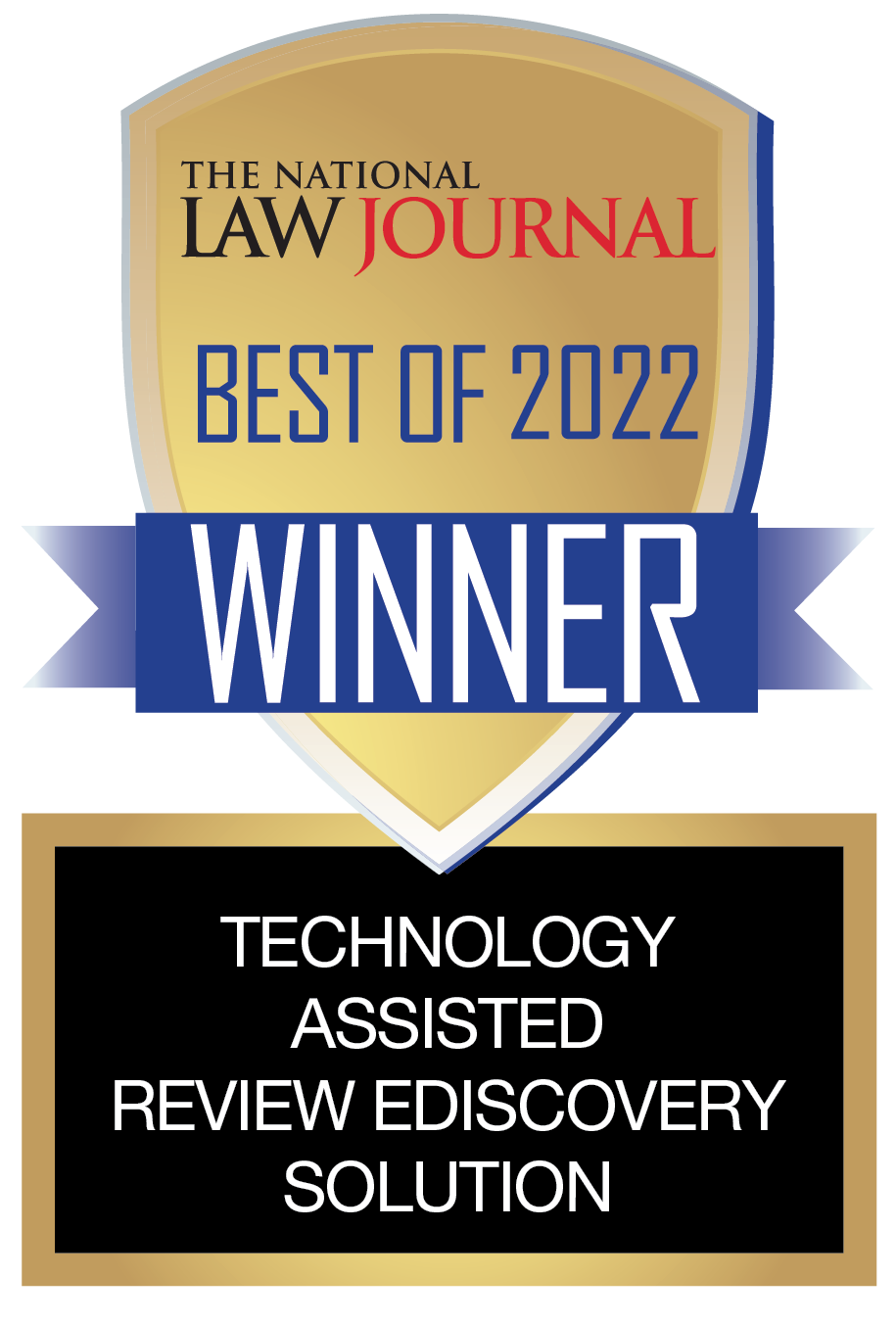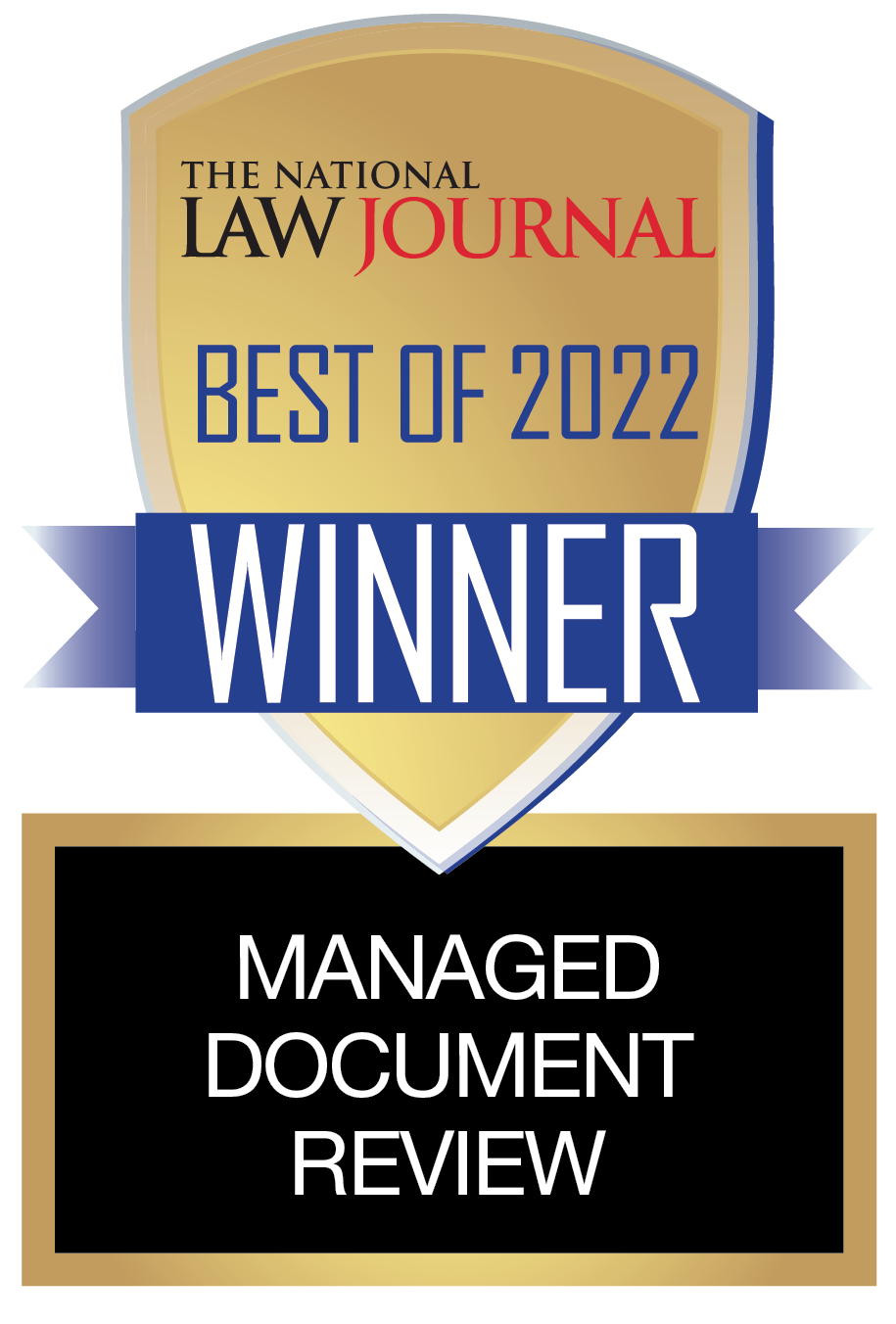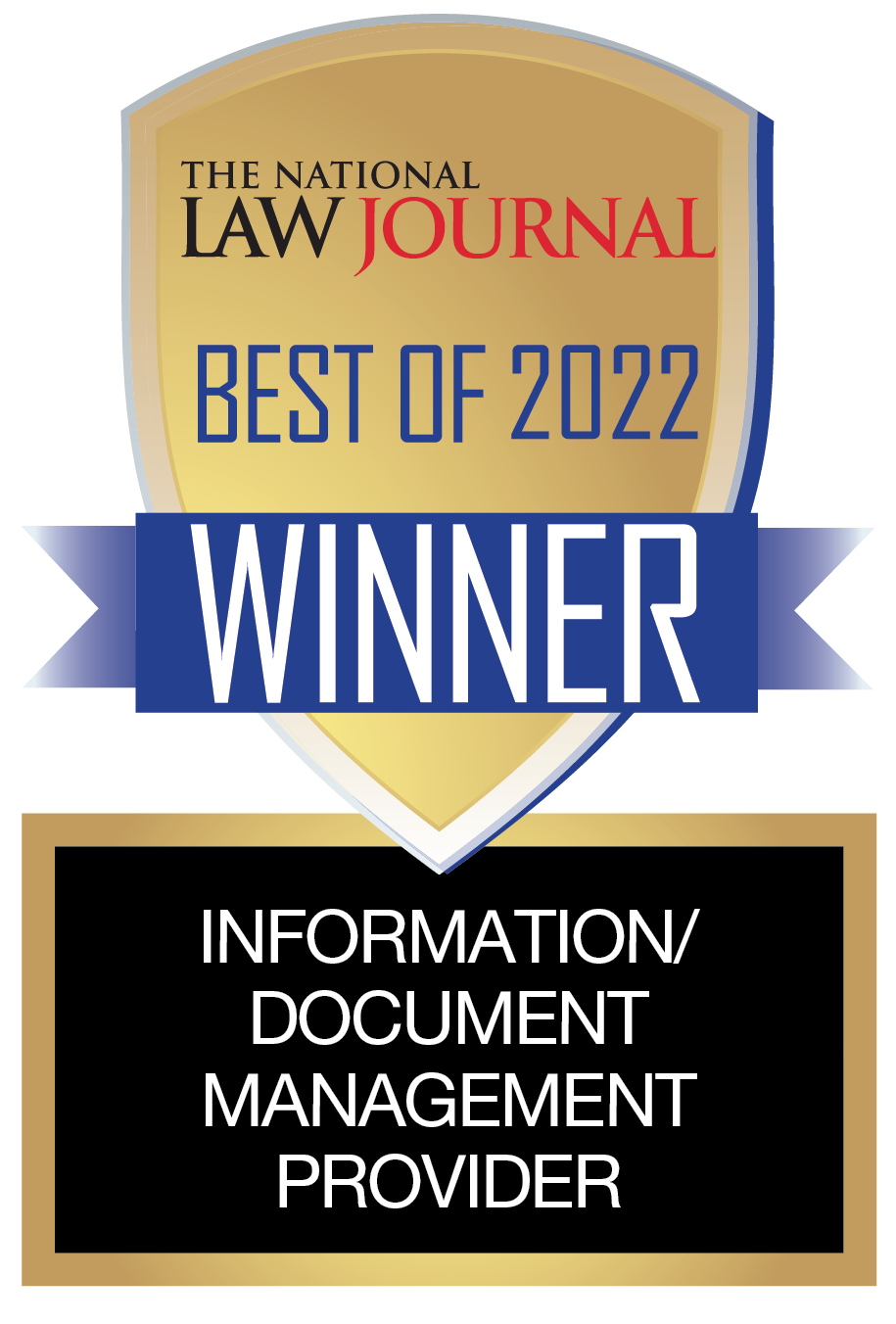Technology Assisted Review
Significantly reduce review volume and costs while greatly increasing efficiency and accuracy.
As technology improves and data sizes grow, machine learning technology is essential keep your reviews organized, focused, and efficient. But because legal technology is not standalone, our TAR experts are essential to the process of enhancing your review workflows and reducing your document volume.
The TransPerfect e-discovery team of subject matter experts in analytics, AI, data privacy, and project management deploy pre-review and advanced analytics techniques to interrogate your data. We find patterns and trends, increase richness, and decrease the size of your data set, as well as classify information in regard to priority, privilege, and responsiveness.
By using TAR innovations, like predictive coding and continuous active learning to further inform and guide your review, our technologists, technology, and workflows produce effective results every time.
TAR 1.0
Predictive Coding
Predictive coding technology can rapidly and accurately locate documents during the review process, saving you review time and spend. Predictive coding during e-discovery allows us to establish TAR success metrics and use them against the data set to provide reviewers with a complete and accurate control set. This can be used to create reports and training sets.

TAR 2.0
Continuous Active Learning
Continuous active learning (CAL) allows us to identify the most relevant documents and data before passing them on to reviewers. TAR 2.0 has been widely adopted as the preferred method for document review because it eliminates barriers to entry and has become more user friendly. Cases that utilize a TAR 2.0 workflow often see an average reduction of 40–60 percent in the amount of documents that need to be reviewed. With data volumes constantly growing, using TAR 2.0 workflows are important for keeping document review efficient and cost-effective.










